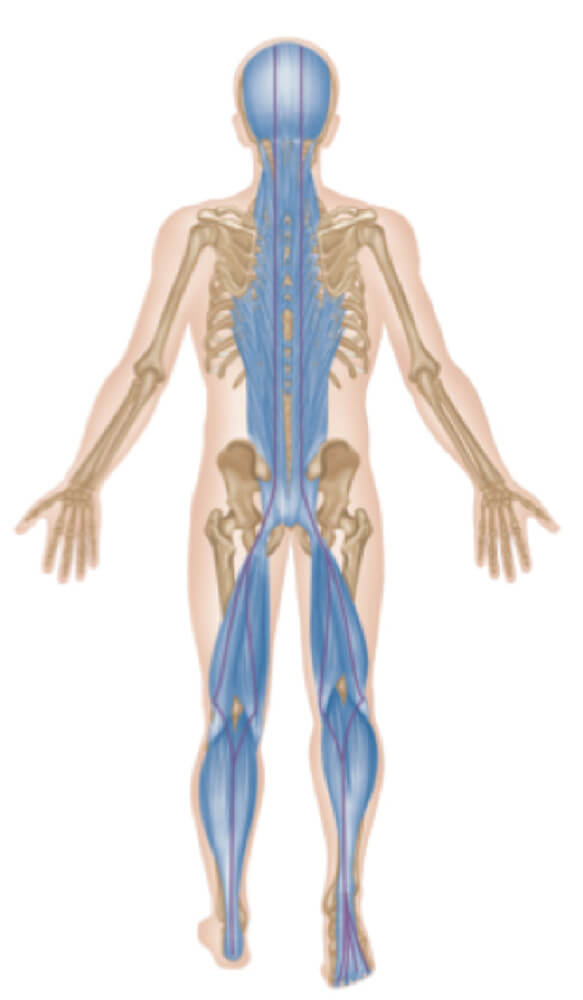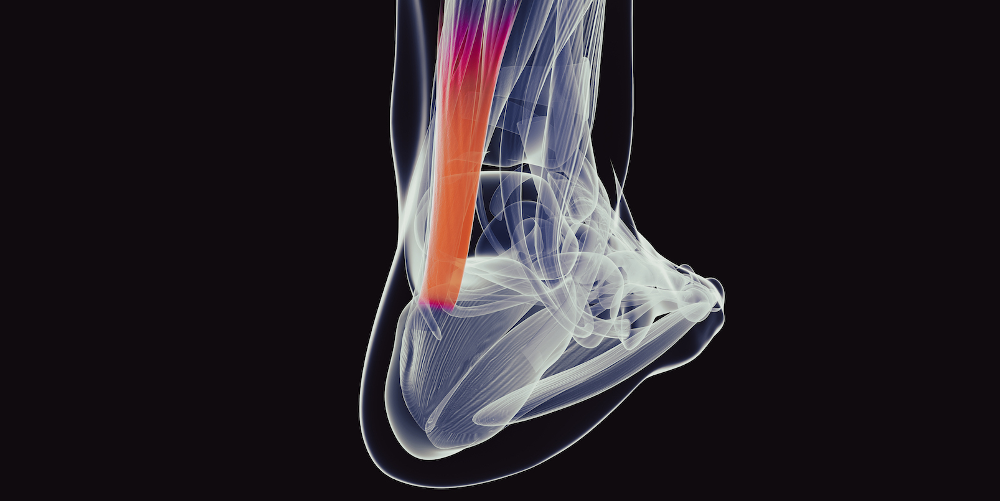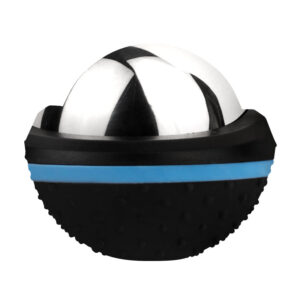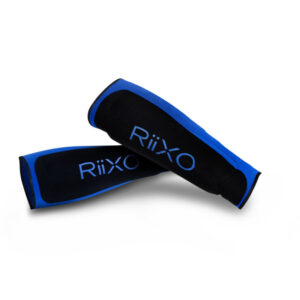
Achilles tendonitis is a common injury among runners and normally happens due to a sudden increase in training intensity, poor footwear or biomechanical issues.
But can Achilles pain cause pain in other parts of the body? Yes, it can, and it is all to do with how the different muscles of the body interact with each other. This is best illustrated when we look at the posterior chain muscles.

Posterior chain muscles are the main engine for running. Examples
of the muscles that make up your posterior chain muscles are;
- plantar muscles (sole of the foot)
- calf muscles (connected through the Achilles tendon)
- the hamstrings,
- the gluteus maximus,
- erector spinae muscle group (lower back)
- trapezius (mid-upper back)
- posterior deltoids (shoulders).
Referred pain and secondary injuries following an Achilles tendon injury are common. This can be directly linked, such as the calf muscle, due to the increased tension on the muscle or from altered biomechanics. This is when the body alters movements to avoid pain and further injury, such as walking with a limp. It will protect the injured area but increase the stress and load through the knees and hips, over time, this can have a negative impact on the health of the joint and surrounding muscles.
Learn more about Myofascial Muscle Chains
The Achilles tendon is attached directly to the calf muscles so you will most likely develop calf pain if you have Achilles tendonitis.
The Achilles tendon is designed to transfer the forces generated by the calf muscle to facilitate movement in the foot when walking and running. Tendonitis is inflammation of the tendon due to increased stress that is applied to it. This normally occurs from overuse of the tendon.
As the tendon becomes slightly thicker and more painful it will become stiffer and ever so slightly shorter, as a result, it will impact the calf. You will often find that your calf will feel stiff and sore as a result of the tension that is being applied to it by the affected tendon.

The Achilles tendon does not attach to the knee, but it is attached to the calf which originates from behind the knee. Knee pain can occur for two reasons;
1. You develop a runner's knee because the calf muscle (and hamstrings) become tight. Runner's knee is irritated and inflammation behind the knee cap and starts when the muscles that attach in and around the knee become tight.
2. Achilles pain will cause you to walk/run with an altered gait pattern, and the abnormal distribution of weight will cause knee pain. In scenarios such as this, you will most likely find that the knee pain is on the opposite side from the painful Achilles and happens as the other leg tries to take more of your weight to avoid the pain.
Hip pain from Achilles tendonitis is caused due to an altered gait pattern. If you walk or run with Achilles pain you will naturally develop a slight limp. This is the body's way of trying to avoid putting weight on the painful area. As a result, this is offset by putting more weight through the other side and normally in a heavy and robotic movement that will aggravate the hip joint on the other side.
The hip joint will become irritated, and, in most cases, the inflammatory response will cause a dull ache in the hip joint. You may find the hip flexors also become tight, which can irritate the bursa around the joint. Bursae is little rubber-like discs that prevent tendons and ligaments from rubbing against bones and other structures. But excessive friction can cause them to become inflamed (bursitis).
The ankle is a "hinged" joint capable of moving the foot in two primary directions: pointing the toes (plantar flexion) and toward the body (dorsiflexion). The calf muscle and Achilles tendon are the primary movers for plantar flexion.
The ankle can become stiff and sore from pain referring down from the Achilles to the ankle making it feel like the whole ankle is swollen and painful.
Additionally, Achilles tendonitis can trigger an underlying inflammatory response such as reactive arthritis.
The plantar fascia can cause Achilles pain at the point where the Achilles tendon joins to the heel.
Plantar fasciitis and Achilles tendonitis can often occur at some time or the symptoms for each condition can often be mistaken as being one or the other. That is because the Achilles tendon and Plantar fascia both join at the same point of the heel bone.
However, there is no direct evidence that you will experience Achilles tendonitis as a result of having plantar fasciitis but your chances are increased. This is because you will most likely walk or run with an altered gait pattern putting excess stress on the Achilles tendon.

Read more in-depth about the causes, symptoms and how to treat Achilles Tendonitis.



 British Triathlon: Recovery Questions Answered
British Triathlon: Recovery Questions Answered
 Cracking The Injury Risk Equation
Cracking The Injury Risk Equation
 LJMU Study Findings
LJMU Study Findings
 What are shin splints?
What are shin splints?
 How to treat shin splints [2021]
How to treat shin splints [2021]
No Thanks – I’ll pay full price
Close Window
Close Window
Thank you for talking about what the posterior chain muscles are. My son was hurt earlier today in a basketball game and is still in pain. I will find a reputable Achilles tendon rupture treatment service for him nearby.
Sorry to hear that. We're glad that this piece was helpful and wish your son a speedy recovery back to basketball.